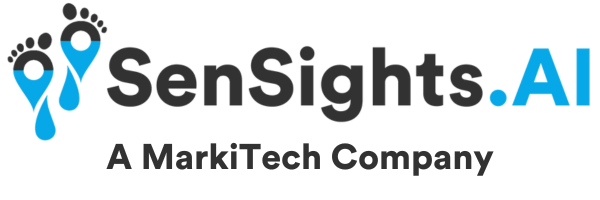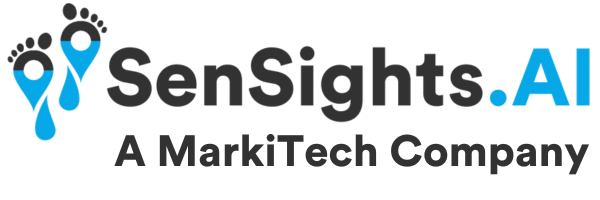Image Credit: Canva
Patient safety is a crucial aspect of healthcare delivery, as errors in medical practice can have severe consequences for patients. Medical errors not only impact patient well-being but also lead to increased healthcare costs and decreased trust in the healthcare system. However, by implementing effective strategies and fostering a culture of safety, healthcare organizations can significantly reduce the occurrence of medical errors and enhance patient safety. In this blog post, we will explore key strategies for preventing medical errors and promoting a safer healthcare environment.
-
Enhancing Communication and Collaboration: Effective communication among healthcare providers is vital in preventing medical errors. Implementing strategies such as standardized handoff procedures, structured communication tools, and interprofessional collaboration can improve information sharing, reduce misunderstandings, and enhance patient safety. Open and respectful communication promotes teamwork and enables timely identification and resolution of potential errors.
-
Utilizing Technology and Automation: Technology plays a critical role in reducing medical errors. Electronic Health Records (EHRs) can provide accurate and accessible patient information, enhancing communication and facilitating better decision-making. Computerized physician order entry (CPOE) systems help minimize errors caused by illegible handwriting and provide real-time alerts for potential medication interactions or allergies. Automation in processes such as medication dispensing and administration can also reduce the risk of human error.
-
Implementing Medication Safety Measures: Medication errors are among the most common types of medical errors. To prevent such errors, healthcare organizations can implement various safety measures. These include barcode scanning systems for medication administration, medication reconciliation during care transitions, pharmacist involvement in medication therapy management, and patient education regarding medication use and potential side effects. Adequate staff training on medication safety protocols is also essential.
-
Standardizing and Streamlining Processes: Standardization of processes and protocols promotes consistency and reduces the likelihood of errors. Implementing evidence-based guidelines and best practices can guide healthcare providers in making informed decisions and minimize variations in care. Standardized protocols for high-risk procedures and protocols for identifying and managing critical lab results help prevent errors and ensure timely interventions.
-
Enhancing Staff Education and Training: Continuous education and training programs are essential for healthcare professionals to stay updated with the latest evidence-based practices and advancements. Regular training on patient safety, error reporting, and quality improvement initiatives can raise awareness among staff and empower them to actively contribute to a culture of safety. Sharing case studies and discussing near-miss incidents can facilitate learning from mistakes and drive improvements.
-
Encouraging Error Reporting and Learning from Mistakes: Creating a culture that encourages error reporting is crucial for identifying system weaknesses and implementing corrective measures. Healthcare organizations should establish non-punitive reporting systems, where staff can report errors and near-miss incidents without fear of reprisal. Conducting thorough investigations and analysis of reported incidents helps identify root causes and implement preventive actions. Sharing lessons learned and best practices within the organization promotes a culture of learning and continuous improvement.
Conclusion: Improving patient safety requires a multifaceted approach that encompasses communication, technology, standardization, education, and a culture of learning. By implementing these strategies and fostering a culture of safety, healthcare organizations can mitigate medical errors, enhance patient outcomes, and strengthen trust in the healthcare system. Ultimately, the goal is to provide safe and effective care for every patient, ensuring their well-being and promoting a healthier future for all.
SenSights is a Remote Patient Monitoring and Ageing Solution that aids seniors and healthcare facilities that work with elders who have chronic disorders such as dementia, Alzheimer’s, high blood pressure, falls, COPD, long COVID, and others.
The solution assists at-risk providers, skilled nursing facilities, long-term living communities, home health care providers, and other senior care entities in increasing their capacity by supplementing physical visits with virtual care, preventing wandering and fall episodes, and providing proactive monitoring, risk profiles, and smart alerts via our SenSights Care app.
Clear MD is one of our innovative technologies that helps doctors and patients by summarizing conversations and giving thorough notes and reports. This saves doctors time and effort, allowing them to free up resources and provide a greater level of treatment.
Contact us HERE to learn more about SenSight.Ai and Clear MD!


